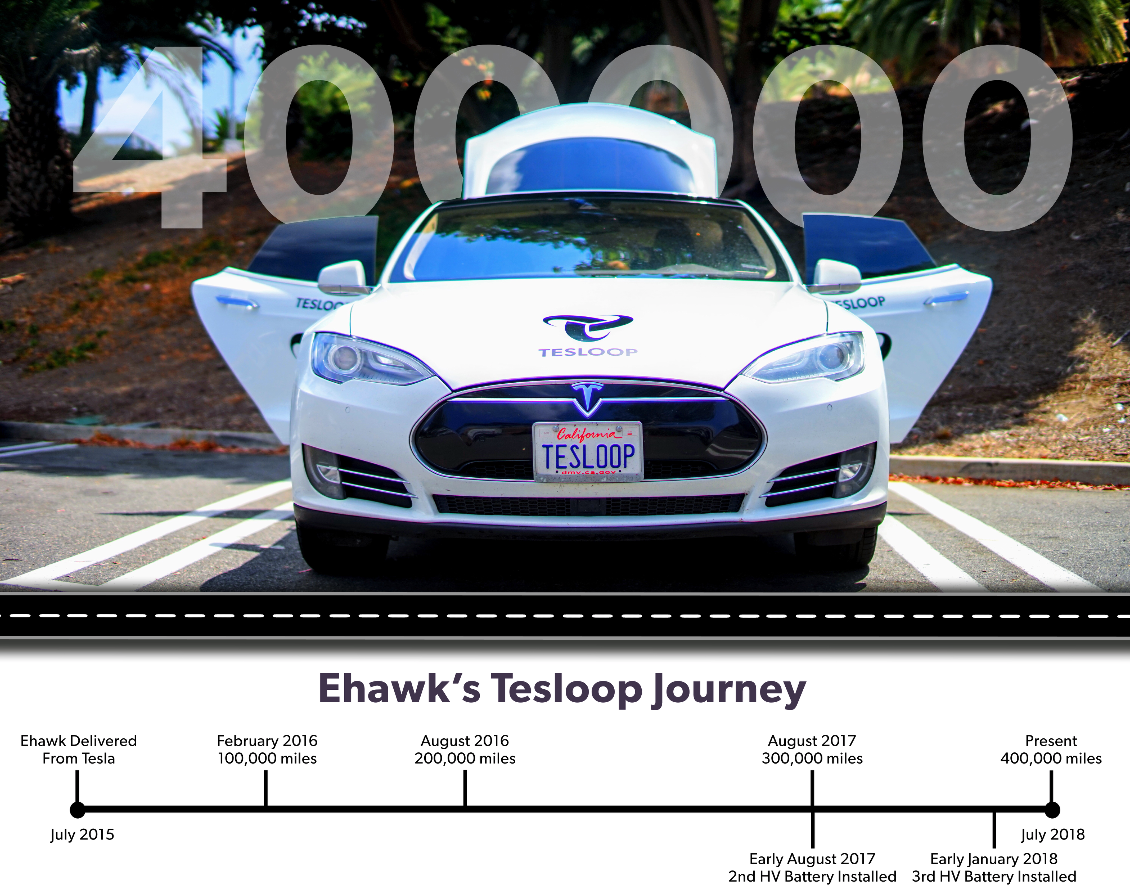I have some strong caviats to that article.
I do not have the time to write a large pist at the moment.
But for starters:
(Maybe if you live in a hot climate with the battery already almost warm enough before the drive. But even warm climates isnt warm enough in some parts of the year. But the question was in extreme cold).
There is no reason not to supercharge at low state of charge. The bad thing with supercharging comes from charging cold batteries and high currents at high SOC, if we read the research about fast charging and lithium plating.
The research shows that soft start with a ramp up of the current/power is good. Tesla already does this.
Speaking of lithium plating: Thats the main reason that causes bad things in batteries from fast charging.
Eventually it will cause shorts in the cells and then the battery is done.
Preconditioning will warm the battery ehichbis good.
I think the article sends a message that might not be that good.
I do not have the time to write a large pist at the moment.
But for starters:
For the bold part, no it will not. The battery warms quite slow from normal driving.
- Similarly, precondition the battery before fast charging in extreme cold. Often, driving a bit before fast charging is enough to warm up the battery, or get to the fast charger using your car’s navigation.
(Maybe if you live in a hot climate with the battery already almost warm enough before the drive. But even warm climates isnt warm enough in some parts of the year. But the question was in extreme cold).
- Avoid fast charging your EV at very low states or very high states of charge, since battery resistance will be higher.
There is no reason not to supercharge at low state of charge. The bad thing with supercharging comes from charging cold batteries and high currents at high SOC, if we read the research about fast charging and lithium plating.
The research shows that soft start with a ramp up of the current/power is good. Tesla already does this.
Speaking of lithium plating: Thats the main reason that causes bad things in batteries from fast charging.
Eventually it will cause shorts in the cells and then the battery is done.
Preconditioning will warm the battery ehichbis good.
I think the article sends a message that might not be that good.




